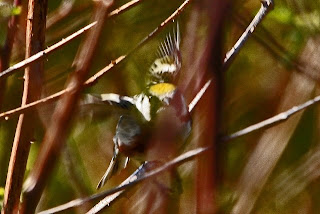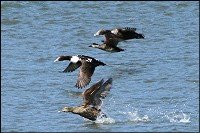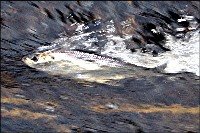One Single Impression: Freedom

While watching out the window
He shouted with glee!
“I want to catch a bird!”
And at his words a cry came from me
“Oh no, you can’t do that
For birds must be free!”
I spoke almost harshly
And my response surprised even me
But he must learn early
This little boy upon my knee
Of the need to be free
_______
These words were inspired by the word, freedom; which is this week's prompt at the hosting site of One Single Impression .
This photo was taken at Bois-de-L'ile Bizard in Montreal, 2006, and is a combination of two. When downloading the pictures from L'ile Bizard I was taken with the similarities of the path bordered by trees and of an early Vincent VanGogh print which I have. Several years ago I had bought a large sepia print, at a yard sale, of a VanGogh sketch which shows a man walking along a road bordered on both sides by tall, unleaved trees. The VanGogh sketch was the inspiration for placing the figures of the man and boy into the picture on the walking trail. The little boy in the photo was the inspiration for this poem. The photo of the man and boy was also taken at L'ile Bizard the same day.
.JPG)
.JPG)
.JPG)
.JPG)
.JPG)






.JPG)

.jpg)



.JPG)
.JPG)
.JPG)
.JPG)

.JPG)
.JPG)
.JPG)
.JPG)



.JPG)
.JPG)
.JPG)
.jpg)





.JPG)
.jpg)
.jpg)

.jpg)
.jpg)
.jpg)

.JPG)
.JPG)
.JPG)
.JPG)













